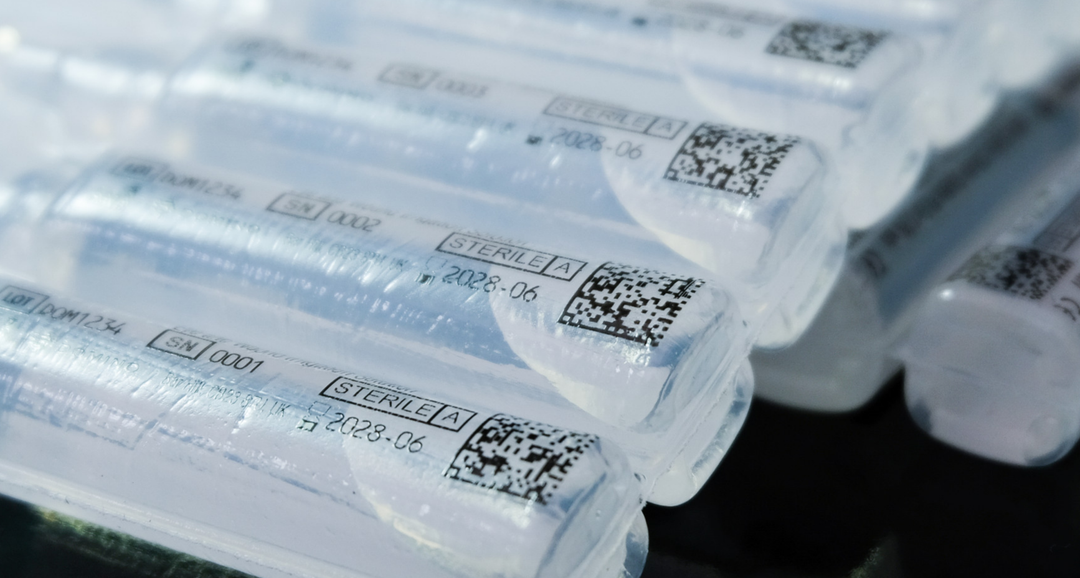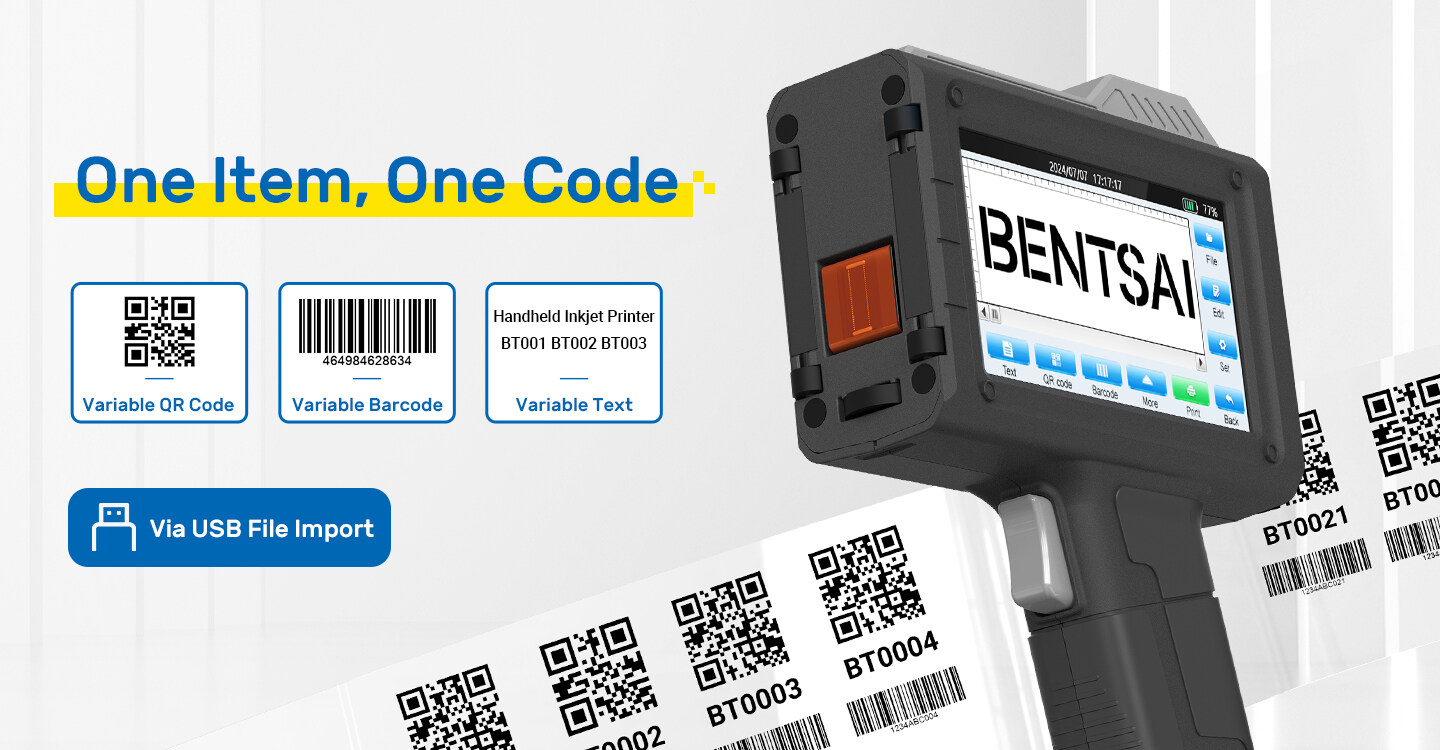Choosing the Right Variable Data Printing Type: Thermal Inkjet Printing or Laser Printing?
Variable Data Printing (VDP) is changing how businesses communicate with their customers. From direct mail and packaging to product tracking and labeling, VDP enables companies to personalize printed materials on a mass scale. But with several printing methods available, how do you choose the right one?
What is Variable Data Printing (VDP)?
Variable data printing (VDP) refers to a form of digital printing where elements such as text, graphics, and images can be changed from one printed piece to the next without stopping the printing process. This is especially valuable for printing addresses, QR codes, barcodes, serial numbers, and personalized information.
Benefits of Variable Data Printing
- Personalized marketing materials that boost engagement
- Improved tracking and traceability through serialized codes
- Efficient short-run printing with quick changeover
- Enhanced customer experience through customization
- Greater operational efficiency and reduced waste
Which Type of Variable Data Printing is Right for Your Business?
There are two main technologies used for VDP: laser printing and thermal inkjet printing. Each has its own strengths and is suitable for different business needs.
Laser Printing for Variable Data
Advantages of Variable Data Laser Printing
- Faster printing speed for high-volume jobs
- Excellent text and image quality
- Lower cost per page for bulk printing
- Long-lasting toner with high yield
- Less frequent paper reloading

Is a Laser Printer Right for Your Business?
Laser printers are particularly well-suited for businesses that handle high-volume printing tasks and require consistent output quality, such as logistics, finance, legal, and administrative sectors. These industries often deal with standardized forms, invoices, mailing labels, and reports where speed and efficiency are critical. If your workflow demands rapid, bulk variable data printing on paper-based materials with minimal downtime, a laser printer offers a practical and cost-effective solution.
Thermal Inkjet Printing for Variable Data
Advantages of Thermal Inkjet Printing
- High-resolution printing (up to 600 dpi) for clear codes and graphics
- Instant-drying ink ideal for non-porous surfaces (plastic, glass, metal)
- Compact and portable for on-site or remote printing
- No warm-up time and lower power consumption
- Easier maintenance with disposable cartridges

Is a Thermal Inkjet Printer Right for Your Business?
Thermal inkjet printers are ideal for businesses that require high-resolution, on-demand printing across diverse materials such as plastic, glass, metal, wood, and coated paper. They are especially popular in industries like food and beverage, pharmaceuticals, cosmetics, and electronics, where clear, scannable codes such as batch numbers, expiration dates, and barcodes are essential. Their compact size and easy integration also make them suitable for both manual and automated production lines.
If you need a cost-efficient and flexible solution for variable data marking on small or irregular packaging, thermal inkjet printers are a better choice for your business.
In Conclusion
Choosing the right type of variable data printing depends on your production scale, material types, and flexibility requirements. Laser printing suits large-scale document personalization, while thermal inkjet printing offers on-demand flexibility for industrial use.
Find your ideal variable data printing solution with Bentsai and take your print productivity to the next level.
Ask Question
No questions and answers

